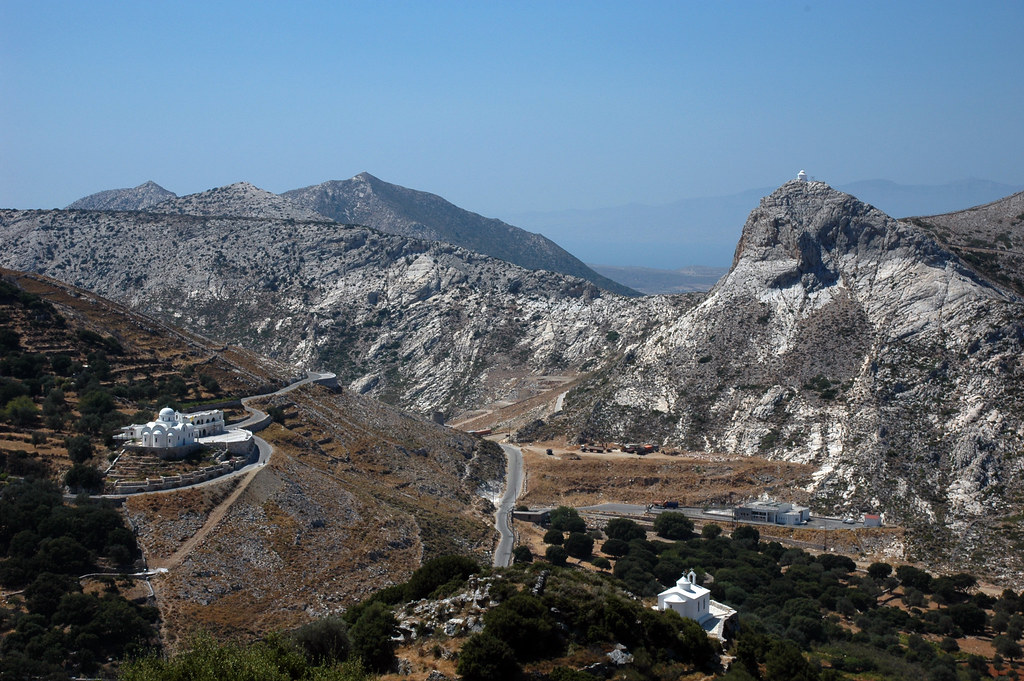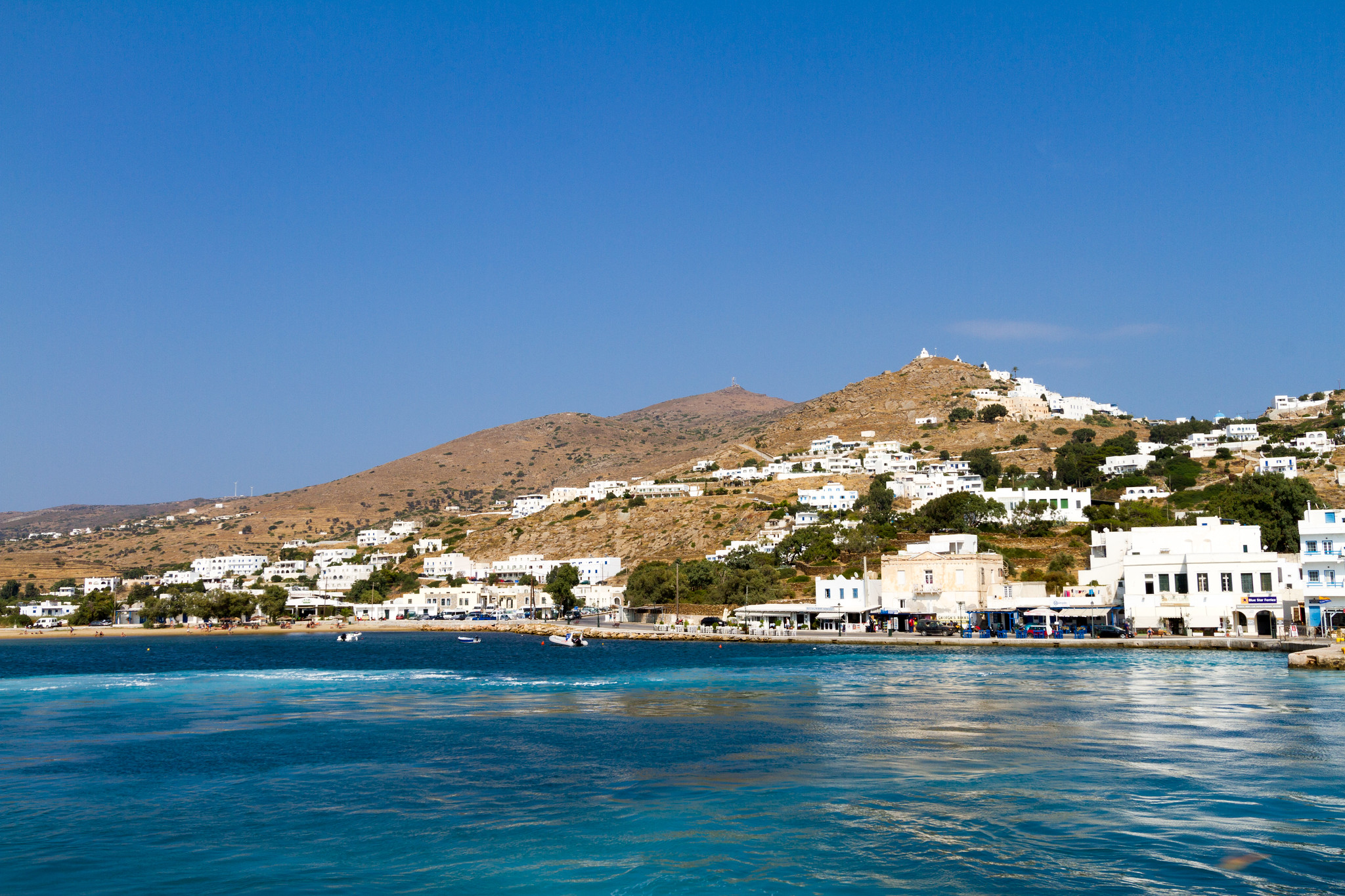The things to do naxos Awards: The Best, Worst, and Weirdest Things We've Seen
Naxos is and constantly has been a cross-roads, where archaeologists, historians, scholars of all kinds, artists, and normal individuals with an interest in history, archeology and folklore can satisfy, drawn by the value of the culture which has actually flourished on the island down the centuries.
Among the archaeologists to have actually dealt with Naxos since the start of the 20th century are Professors Welter, Doumas, Lambrinoudakis, Drandrakis, Klon Stefanos, Christos Karouzos, N. Kontoleon, N. Zafiropoulos, F. Zafiropoulou and G. Gruben, professor of the history of architecture at the University of Munich and Korres (who is responsible for the restoration of the Athens Castle). These scholars have concluded that Naxos was not simply considerable but of definitive value for the history of the Cyclades and of the Greek world in general.
Its size, its central position in the Aegean, the fertility of its soil and the prosperity that these elements developed assisted to assure Naxos its self-sufficiency down the ages.
Pindar calls Naxos "abundant" and Herodotus ensures us that Naxos, exceeded the other isles in prosperity. Simply as today, the fruit, olive oil and above all white wine of Naxos were popular in antiquity: Archilochus of Paros even went to far as to compare Naxiot white wine with the nectar intoxicated by the gods on Olympus!
The island would seem to have actually had extensive grazing-grounds in ancient times, and Naxiot animals were so extremely thought of that when in the sixth century BC Polycrates, tyrant of Samos, was looking for breeding animals with which to improve his stock, he sent to Naxos for goats. The marble and emery of Naxos were quickly in use in art and life far beyond the bounds of the island. The myths associating with motivated by tradition and the capture of Dionysos by Naxos reflect its god's ultimate accomplishment, pastoral sea just off Naxos.
It is said, for example, that Zeus himself was raised there, and was worshipped as Zeus Melosios, protector of the flocks. Apollo, who had an unique connection with the island, was likewise worshipped as the protector of the flocks especially of the rams and also of flowers.

Ares, god of war, was once forced to take refuge from his pursuers in the depths of the earth of Naxos, where he hid in what the misconception calls "the stone that eats iron., an apparent recommendation to emery.
Above all, though, it was Dionysus who embodied all the bucolic charms and benefits of Naxos. It was here that the god was born and raised, according to the local myth, and all the misconceptions concur that it was on Naxos that he satisfied and married
Ariadne, after she had actually been deserted on the island by Theseus. The marriage between Ariadne and Dionysus, her death and the rebirth which that death fore-shadows were the focus of wild celebrations on Naxos in antiquity, where this cult, focusing on the ripening, death and regrowth of nature was most highly established.
The very first inhabitants of Naxos are stated by the misconceptions to have been Thracian, under Boutes, boy of Boreas (the north wind). In his desire to find better https://agreekadventure.com/three-things-to-do-in-naxos-island-greece/ halves for his companions, Boutes took the rather extreme action of searching some Maenads in Thessaly; he recorded some, including Coronis and lphimedeia, and brought them back to the island.
The myths relate that the Thracians held Naxos for two hundred years, being been successful by Carians from Asia Minor, whose king Naxos gave the island its name. Historical finds show that there was a fairly things to do on naxos strong society on Naxos as early as the late fourth millennium BC, about the end of the Neolithic age.

Geologically, the island of Naxos becomes part of the Attic-Cycladic Complex. This is a former continent that was comprised of the Cyclades, southern Euboia and Attica. Usually speaking, the Attic-Cycladic Complex consists of metamorphic rocks. These are rocks that have been subject to high pressures and temperatures as an outcome of having actually been submerged during the development of the mountains in the lower levels of the earth's crust. During the metamorphosis of the rocks, the minerals and rocks are re-crystallized, there is extreme schist-production activity and the production of brand-new minerals with the exchange of material. The rocks that were formed during this process of transformation can be either sedimentary deposits or brand-new formations and date to as early as the Mesozoic duration, i.e. 245 - 130 million years ago. Only one area of these, the most affordable strata, is older and is estimated to be 355 million years old, formed throughout the Paleozoic period.
As such, the rocks that we see in Naxos today were very first metamorphosed between 40 and 45 million years back, during the duration referred to as the mid-Eocene. During this very first phase of transformation it is determined that the rocks were submerged 40-50 thousand metres below the earth's surface area.
The second stage of transformation took place in the area 25 million years ago, throughout the Oligocene period. These rocks pertained to the surface area throughout the formation of the click here Alpine orogenic system. things to do naxos In addition, with the submergence of the rocks and the parallel rising of the earth's crust, a seepage of granite lava occurred simultaneously.
A 3rd stage of metamorphosis happened 17 million years ago and was identified by heats and the seepage of granitic diorites.

Nearly the whole of the island of Naxos, then, is made up of metamorphic rock, such as: marble, granite, schist, gneisses, amphibolites and migmatites. Furthermore, there has actually been an infiltration of lava, creating the granite that makes up one-third of the island, whilst practically the whole of the rest of Naxos is comprised of taken shape schist and marble.